VISHRAM SINGH (2014) TEXTBOOK OF ANATOMY UPPER LIMB AND THORAX

Book Description
This textbook on upper limb and thorax has been carefully planned for the first year MBBS students.
It follows the revised anatomy curriculum of the Medical Council of India.
Following the current trends of clinically-oriented study of Anatomy, I have adopted a parallel approach – that of imparting basic anatomical knowledge to students and simultaneously providing them its applied aspects. To help students score high in examinations the text is written in simple language.
It is arranged in easily understandable small sections.
While anatomical details of little clinical relevance, phylogenetic discussions and comparative analogies have been omitted, all clinically important topics are described in detail.
Brief accounts of histological features and developmental aspects have been given only where they aid in understanding of gross form and function of organs and appearance of common congenital anomalies.
The tables and flowcharts summarize important and complex information into digestible knowledge capsules.
Multiple choice questions have been given chapter-by-chapter at the end of the book to test the level of understanding and memory recall of the students.
The numerous simple 4-color illustrations further assist in fast comprehension and retention of complicated information.
All the illustrations are drawn by the author himself to ensure accuracy. Throughout the preparation of this book one thing I have kept in mind is that anatomical knowledge is required by clinicians and surgeons for physical examination, diagnostic tests, and surgical procedures.
Therefore, topographical anatomy relevant to diagnostic and surgical procedures is clinically correlated throughout the text.
Further, Clinical Case Study is provided at the end of each chapter for problem-based learning (PBL) so that the students could use their anatomical knowledge in clinical situations.
Moreover, the information is arranged regionally since while assessing lesions and performing surgical procedures, the clinicians encounter region-based anatomical features.
Due to propensity of fractures, dislocations and peripheral nerve lesions in the upper limb there is in-depth discussion on joints and peripheral nerves. As a teacher, I have tried my best to make the book easy to understand and interesting to read.
For further improvement of this book I would greatly welcome comments and suggestions from the readers. Vishram Singh .
Courses
Education, Biology, MedicineReview Posted!
Add your details below to get email notifications when someone replies to your review.
Delete Comment?
This action cannot be undone. Are you sure?
Login
Still looking for something else?
Try this Advanced search Enhanced by Google
 Exotic Ai
Exotic Ai
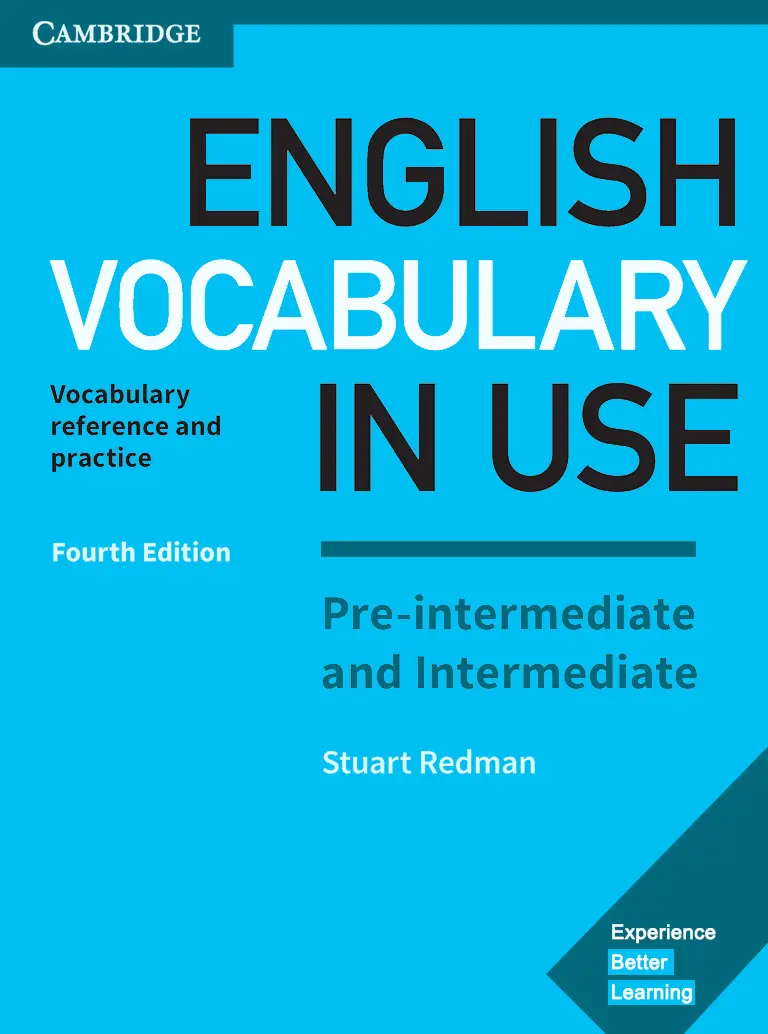

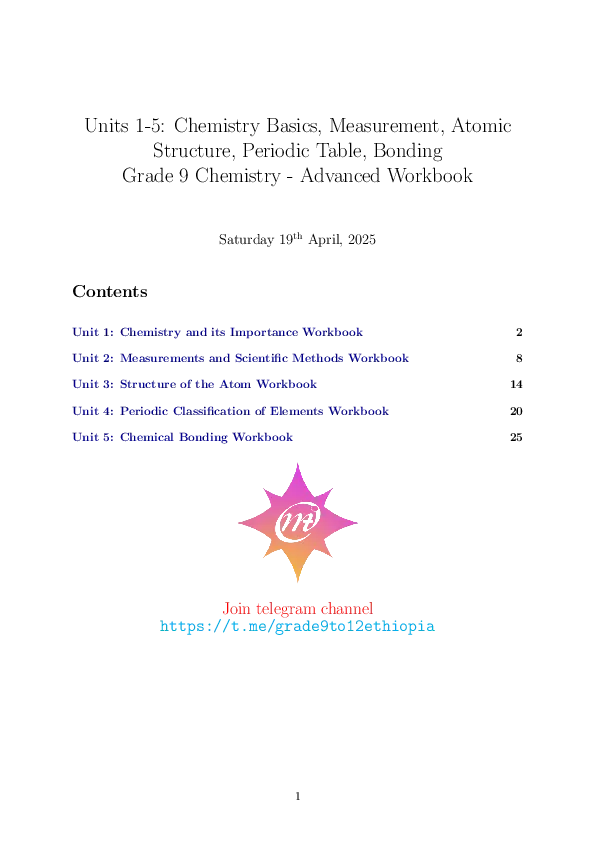

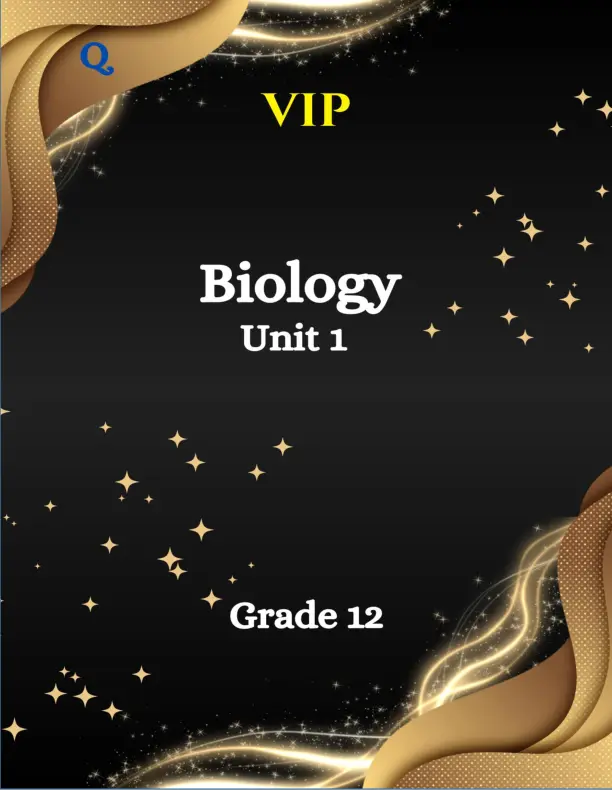


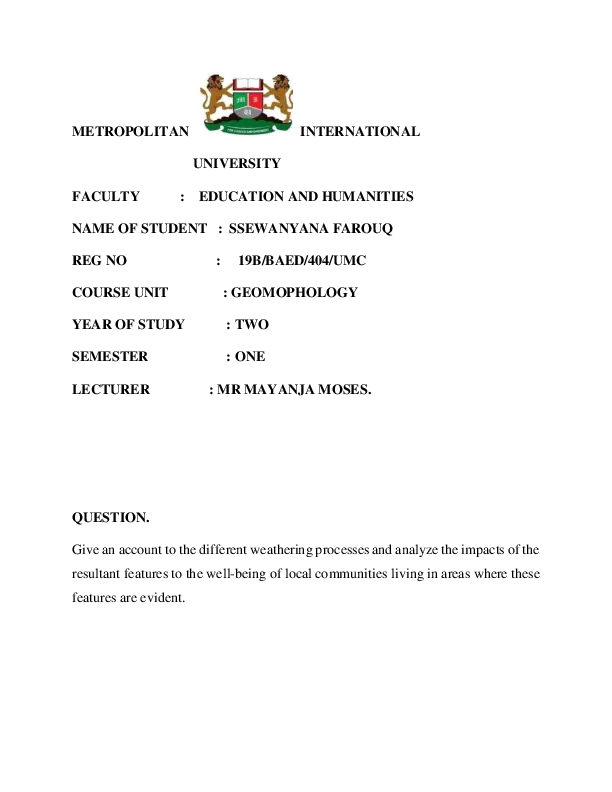

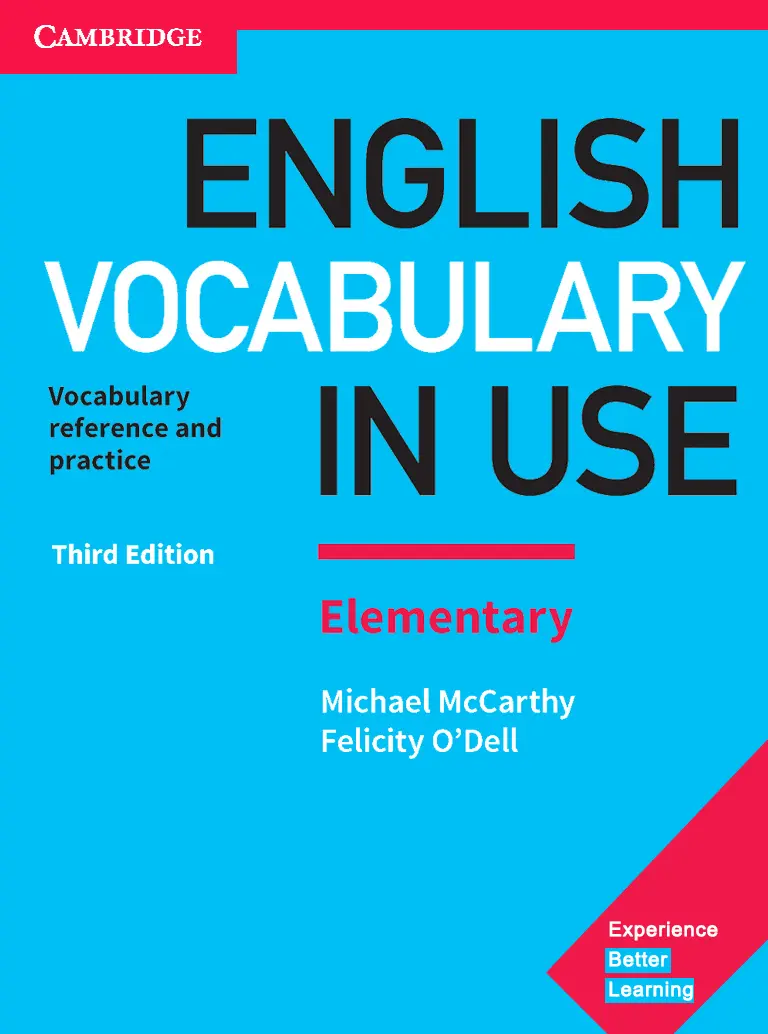

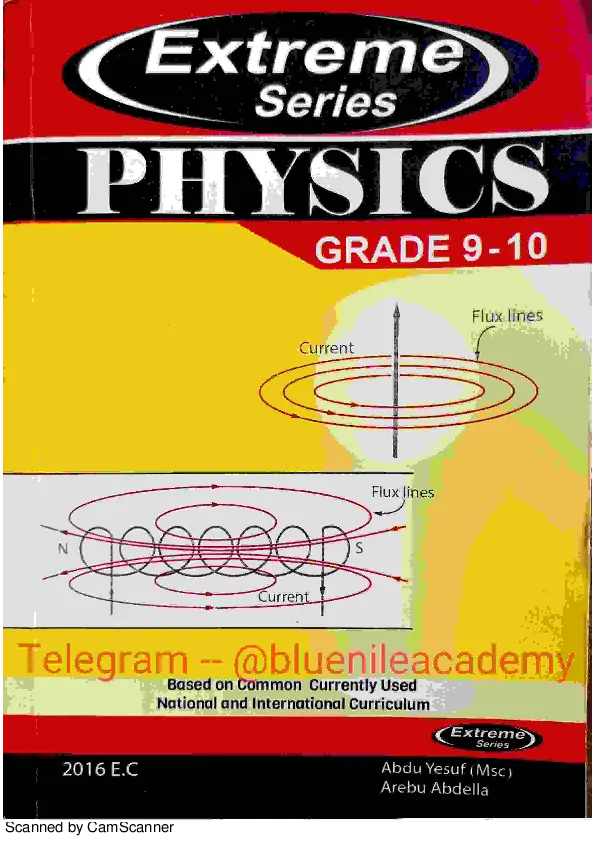
Comment Section (0)
No reviews yet. Be the first!